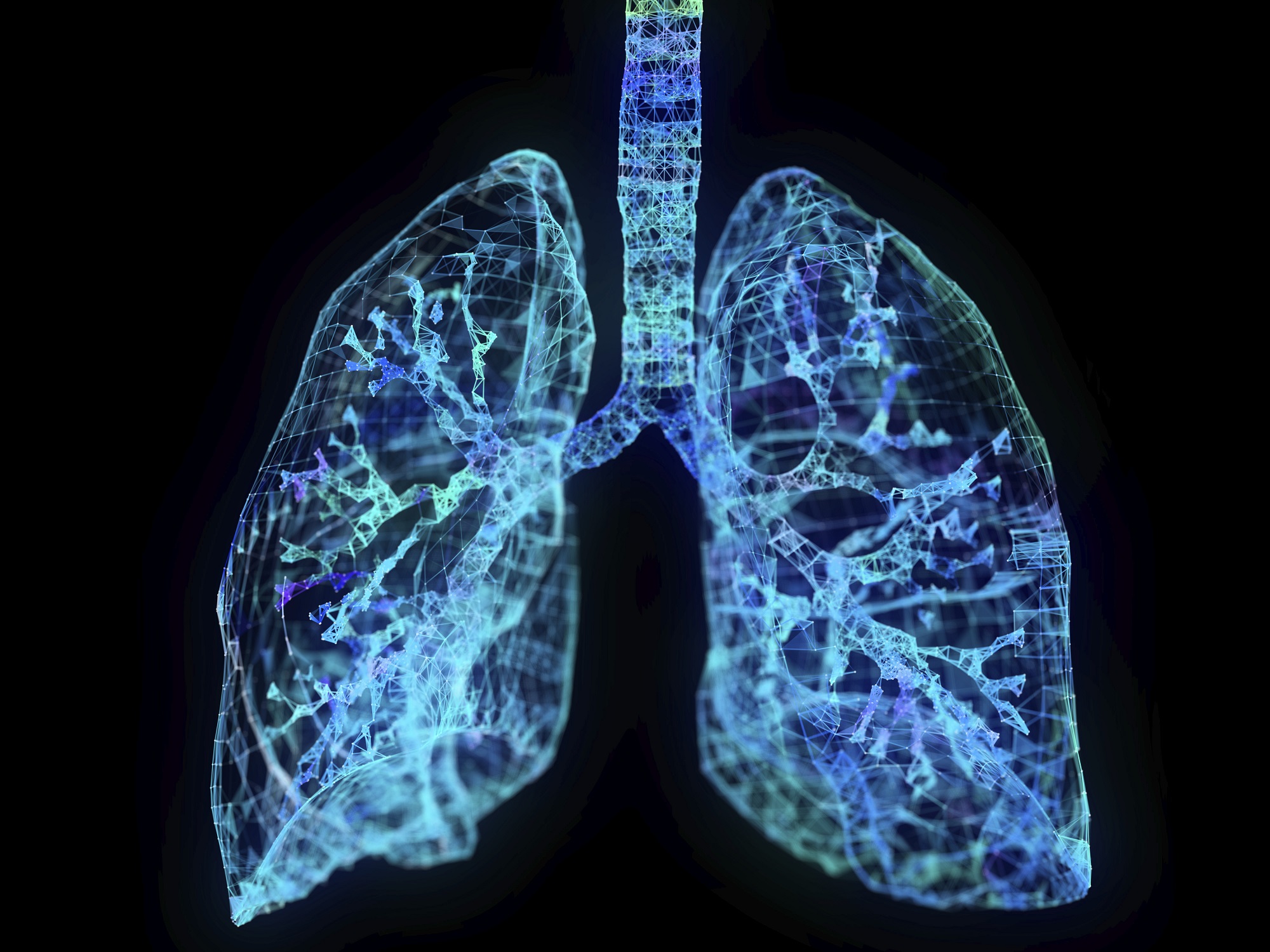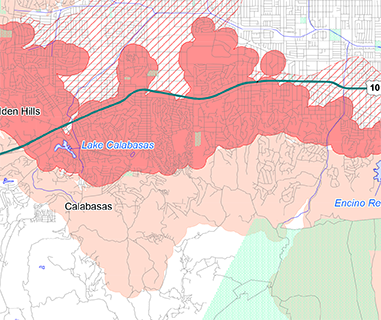
In the last few years, the number of never-smokers who develop non–small-cell lung cancer has more than doubled (from 13% to 28%).1 Smoking 1 marijuana cigarette per day for 1 year increases the risk of lung cancer by 8% per year, but you do not have to smoke something to get lung cancer. Inhaling another person’s smoke causes 2,000 to 7,000 lung cancers per year.
Other significant risk factors include radon gas, asbestosis, air pollution, toxic chemicals, family history of lung cancer, and genetics. In the United States, about 10% to 20% (20,000 to 40,000 cases) of lung cancer each year, develop in people who never smoked or smoked fewer than 100 cigarettes in their lifetime.
“You do not have to smoke something to get lung cancer”
Lung cancer may run in families
“I operated on members of 1 family where all 8 siblings suffered from lung cancer. Chest CT scanning reduces the mortality for lung cancer in smokers by 20%. Unfortunately, we have yet to develop genetic screening for families with lung cancer,” according to Dr. Robert McKenna, Director of Minimally Invasive Chest Surgery and Thoracic Surgical Oncology, as well as Professor of Surgery at Saint John’s Cancer Institute and Stanford University. 20% of the people who die in the United States from lung cancer are never-smokers, and 40% of these deaths are due to genetic mutations and/or family history (first degree relative).
Listen to two lung cancer survivors that were genetically predisposed
Environmental substances raise your risk of lung cancer
These include:
-
Click to enlarge affected areas of Radon in Los Angeles County Radon gas: When uranium breaks down in the soil, radon (a radioactive gas) is produced. Because you cannot see or smell it, radon may be in your home without your knowledge. Radon gas is the leading cause of lung cancer in non-smokers. From a home improvement store, you can purchase a kit to determine if there is radon in your house.2
- Asbestos: For many years, asbestos was used in insulation, auto brakes, shingles, ceiling tiles, and flooring. Asbestos causes mesothelioma and lung cancer.
- Air pollution: A European study proved a connection between air pollution and lung cancer. Another study estimates air pollution caused 15% of lung cancer in the world.
“The #2 leading cause of lung cancer after smoking is from radon gas in your home”
Potentially dangerous occupations raise your risk of lung cancer
Toxic chemicals at work, such as arsenic, chromium compounds, nickel compounds, and polycyclic aromatic hydrocarbons (PAHs), cause lung cancer.
Potentially dangerous occupations include:
- Truck driving
- Sandblasting
- Metalworking
- Printing
- Ceramic making
- Uranium mining
- Glass manufacturing
In the US, work place exposures are thought to cause 13% to 29% of lung cancers in men and 5% in women.3
Lung cancer may be caused by HPV
Human Papillomavirus (HPV) is the most common STD, affecting an estimated 79 Million Americans. Some papers suggest that it can cause lung cancer; though this is controversial.
sources:
- https://www.verywellhealth.com/lung-cancer-in-non-smokers-2249398
- https://www.mdanderson.org/cancerwise/why-are-more-nonsmokers-getting-lung-cancer.h00-159460056.html
- https://www.abstractsonline.com/pp8/#!/9325/presentation/1182


